By Anjum Choudhry Nayyar
 We’re excited to share that we will be working with Tea India over the next little while to bring some great stories about the moments we experience over tea as South Asian moms but also how our ‘chai moment’ is so precious now that we’re mothers. That perfect cup of tea that we learned to make as daughters was often associated with the ‘right colour.’
We’re excited to share that we will be working with Tea India over the next little while to bring some great stories about the moments we experience over tea as South Asian moms but also how our ‘chai moment’ is so precious now that we’re mothers. That perfect cup of tea that we learned to make as daughters was often associated with the ‘right colour.’
In announcing our new exciting collaboration with Tea India, I thought it would be a great time to stop and pause and look at the role colour truly plays in our lives whether it be from a South Asian context or otherwise.
As I started delving into the role of colours in the South Asian culture (which we already know is a big one!) I began to realize some of the amazing ways colour enriches all of our lives. From Holi to Diwali, cultural celebrations in our community are filled with colour including in our cups of chai!
Let’s take a look at some of the amazing colours we use to celebrate life and culture:
Red
For most people in the west for example, red is the colour of love and passion or fire. But in the east, or in India, Goddess Durga is known for this colour and strength she carries. Brides are also adorned with red when they get married as a symbol of purity. On one hand red is associated with strength and on the other fertility and purity or love.
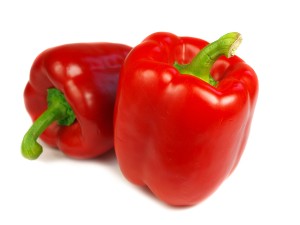
In most South Asian cultural celebrations there is always a hint of red. We often see it in cultural celebrations in the ‘tikka’ through saffron, a common item used in ceremonies.
Yellow
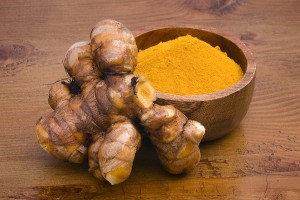 Yellow in the South Asian culture is often associated with the powers of healing for example as it’s related to turmeric. The root associated with turmeric is known for it’s antiseptic properties and we of course use it in cooking , in remedies for skin ailments or even digestion and in detoxification. Most brides are also adorned with it the night before they get married with the tradition of ‘cleaning the skin, or attempting to make it shine’ the day of her wedding.
Yellow in the South Asian culture is often associated with the powers of healing for example as it’s related to turmeric. The root associated with turmeric is known for it’s antiseptic properties and we of course use it in cooking , in remedies for skin ailments or even digestion and in detoxification. Most brides are also adorned with it the night before they get married with the tradition of ‘cleaning the skin, or attempting to make it shine’ the day of her wedding.
Green
Green is often considered the colour of growth and nature. It’s a colour that’s regarded highly in Islam as well. For most us, green also symbolizes the beginning of the harvest. Green is also the colour of ‘mehendi’ and green bangles are also a symbol of marriage in some families.
In the west, we are always told ‘to eat our greens’ so in cooking and meals, green is a symbol of health and balance. What’s your favourite green? 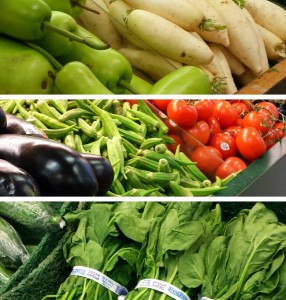
Blue
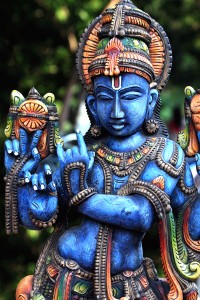 Blue is often associated with life. In India, it’s associated with Lord Krishna and his representation of power. It’s of course a prominent colour used in Holi too!
Blue is often associated with life. In India, it’s associated with Lord Krishna and his representation of power. It’s of course a prominent colour used in Holi too!
Black
Black is often associated with fear and in India, it’s used to ward off evil. We all know the traditional use of the ‘tikka’ behind the ear, or the little black dot using kajol that is used to anyone trying to ward off the evil eye, especially on young kids.
White
White is often used to depict serenity and peace. In India, widows are still expected to wear all white during a funeral to say a peaceful goodbye to a departing soul during cremation ceremonies.
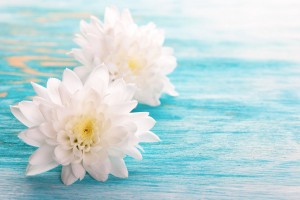
How do we use colour everyday?
- In cooking:
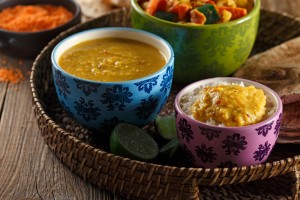
Dietitians often teach kids about the ‘rainbow plate’ and the push to eat every colour of the rainbow when it comes to meals. Getting in those yellow, red and green peppers, all the greens and veggies with various colours into our diet is one of the ways to balance what our bodies need on a daily basis. From cooking meals to the spices we add each day, colour helps make our meals richer in the way they look, taste and smell!
- In communication:
For most of us colour is a way to communicate without words. We wear red to show confidence. We may wear blue to show our mood and in the East, white is a worn to show grief as women and men are expected to wear white when someone passes away. In the west, that colour is black. The absence of colour in this case can depict an emotion and ‘absence of life.’
- In design:
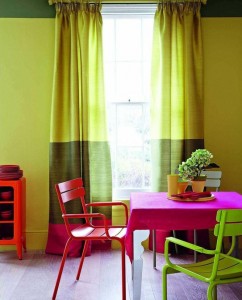 When decorating a home, we know that having pops of colour can make room so much nicer and add a focal point.
When decorating a home, we know that having pops of colour can make room so much nicer and add a focal point.
- In politics: It’s common to associate colour with political parties around the world; a universal tactic used. For example:
Labour – Red
Conservative – Blue
Liberal Democrats – Yellow
The Green Party – Green
- Festivals
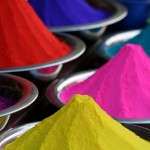
Festivals around the world use colour to showcase a theme, a moment, a tradition or a sentiment. In the South Asian culture we have Holi, Diwali, Eid, Lohri, Vaisakhi and so many more festivals!
- In Tea
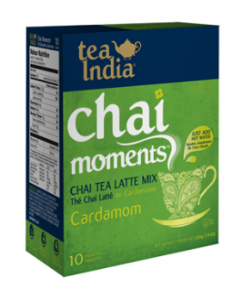 We often look at the way tea is prepared and we all know it can’t be too dark or too light, the colour must be just right. Tea India uses high quality teas and spices that offer a perfect coluor in every blend. Tea India’s Chai Moments Latte Mixes are a great example of how colour is important in culture. Their boxes have a different color associated with each flavor. Masala Chai is red, Ginger chai is yellow, cardamom is green, and the brand new Milk Tea is blue!
We often look at the way tea is prepared and we all know it can’t be too dark or too light, the colour must be just right. Tea India uses high quality teas and spices that offer a perfect coluor in every blend. Tea India’s Chai Moments Latte Mixes are a great example of how colour is important in culture. Their boxes have a different color associated with each flavor. Masala Chai is red, Ginger chai is yellow, cardamom is green, and the brand new Milk Tea is blue!
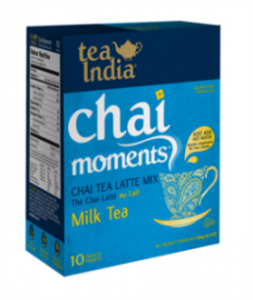
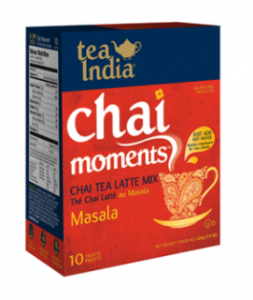
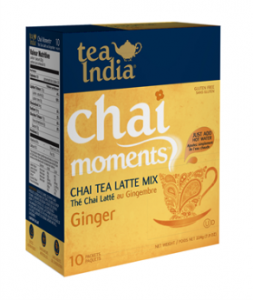
Tea India will be sampling their favorite colour Chai Moments Latte Mix at a colour fest (festival) in Philadelphia on August 23rd! You can learn more about this festival and Chai Moments Latte Mixes on Facebook, Twitter, or Instagram!
What colour are you? Here’s a great quiz on how the colour you think represents you can tell you a lot about yourself.
Want a chance to sample the colours of Chai Moments Lattes? Follow them on Facebook, Twitter, and Instagram to learn how!
This post was sponsored by TeaIndia
©masalamommas and masalamommas.com, 2016-2017. Unauthorized use and/or duplication of this material without express and written permission from this site’s author and/or owner is strictly prohibited. Links may be used, provided that full and clear credit is given to masalamommas.com and Masalamommas online magazine with appropriate and specific direction to the original content.


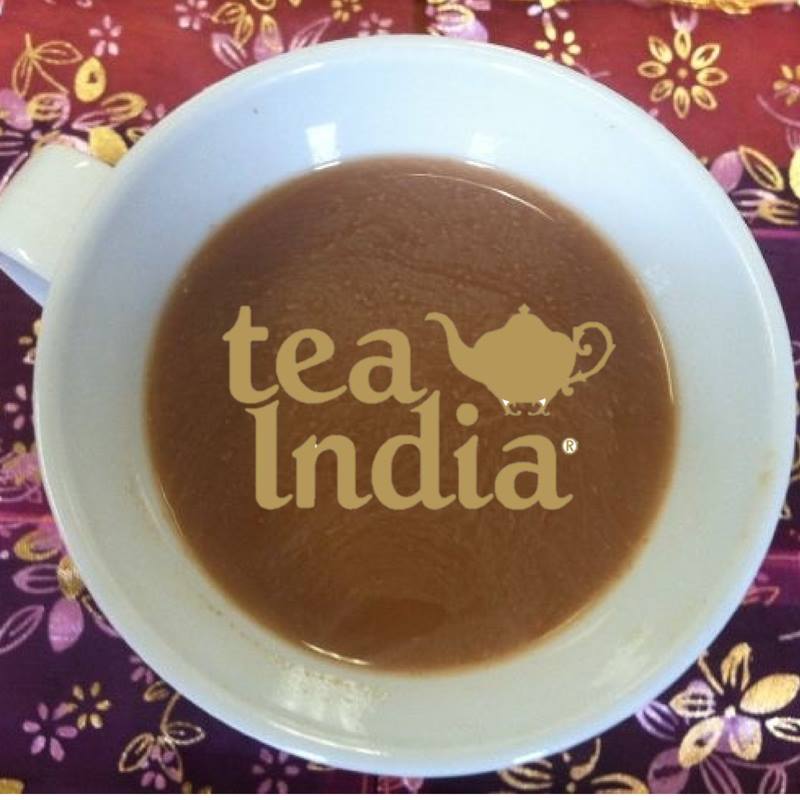
There are no comments
Add yours